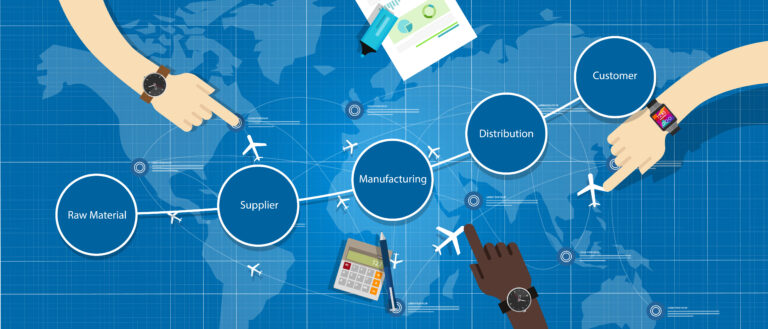It’s finally here – for better or worse. More than a decade after the publication of the Food Safety Modernization Act, the mandated Traceability Rule has finally been published.
Overall, the provisions of the final rule stayed fairly close to the 2020 proposed rule, with some of the key differences outlined below. One change is that an additional year has been tacked on for compliance, and the same date applies to all who are regulated: January 20, 2026, three years after the effective date. With the rule requiring entities to share information with others in their supply chain, FDA sees the common compliance date as the most effective and efficient way to implement the rule.
At its most basic, the Traceability Rule establishes the “Food Traceability List” (FTL) with new traceability recordkeeping requirements applying to persons who manufacture, process, pack, or hold foods that appear on the list.
- Those persons are required to maintain records containing Key Data Elements (KDEs) that are associated with specific Critical Tracking Events (CTEs):
- CTE: An event in the food supply chain involving the harvesting, cooling (before initial packing), initial packing of a RAC (or first land-based receiving if the food is obtained from a fishing vessel), shipping, receiving, transformation of the food.
- KDE: Information associated with a critical tracking event for which a record must be maintained and/or provided in accordance with this subpart. Specific KDEs vary based on the specific CTE.
- Each food on the FTL must have a Traceability Lot Code (TLC) that is maintained throughout the supply chain and used at each CTE, with all KDEs, including the TLC, linked to the relevant traceability lot.
- All records required by the rule, and any information required to understand the records, must be made available to the FDA within 24 hours after a request (or within an FDA-agreed reasonable time). Additionally, an electronic sortable spreadsheet must be provided within 24 hours when requested by FDA for investigation of an outbreak, recall, or other public health threat.
- Those subject to the rule are required to develop a Traceability Plan that includes descriptions of the procedures used to maintain required records, including the format and location of those records, the procedures used to identify foods on the FTL, and how traceability lot codes are assigned. It must also include the point of contact for questions about the plan and records and a farm map for those that grow or raise a food on the FTL.
Other key changes and clarifications from the proposed rule include:
- For foods that are designated as “fresh” on the FTL, if the form of the food is no longer fresh and has been changed (i.e., through freezing, drying, or another change in the form of the food), then the food would no longer be an FTL food. For example, frozen spinach, frozen cut mangoes, dried peppers, or dried herbs would not be covered by the rule if only the fresh form is listed on the FTL. The person changing the FTL food, such that it is no longer on the FTL, would need to maintain receiving records of the FTL food but would not be required to maintain records for its subsequent handling of the food (e.g., transformation and shipping), and subsequent recipients of the food would not have to maintain records under the rule.
- In certain cases, a written, contractual agreement between the shipper and the receiver can remove products from the requirements. For example, foods for which a kill step will be applied can be exempted, provided there is a written agreement.
- Creation and first receiver CTEs were removed. Creation is combined and clarified under transformation and the first receiver is addressed by clarifying grower/harvest/cooler responsibilities with reference to “initial packing” for RACs that aren’t from a fishing vessel, and “first-land based receiving” for seafood.
The overarching purpose of the final rule is to develop industry-wide traceability that goes beyond the one-forward/one-back standard so that a food can be more easily and quickly tracked from farm to retail. Not only will this enable faster identification and rapid removal of potentially contaminated food, it provides for speedier outbreak investigations and recalls, enhanced ability to conduct root cause to prevent recurrence, and the minimizing of overly broad advisories or recalls that implicate unaffected food products.
FDA has stated that it plans to educate before and while it regulates and will be making materials available on its website to assist the industry with compliance.
For a video update on the rule, please view TAG’s recorded FSMA Friday Webinar on the Final Rule and our Traceability Rule Finalization TAG Talks, Part 1 and Part 2. FDA also will be holding a webinar on the final rule on December 7.





